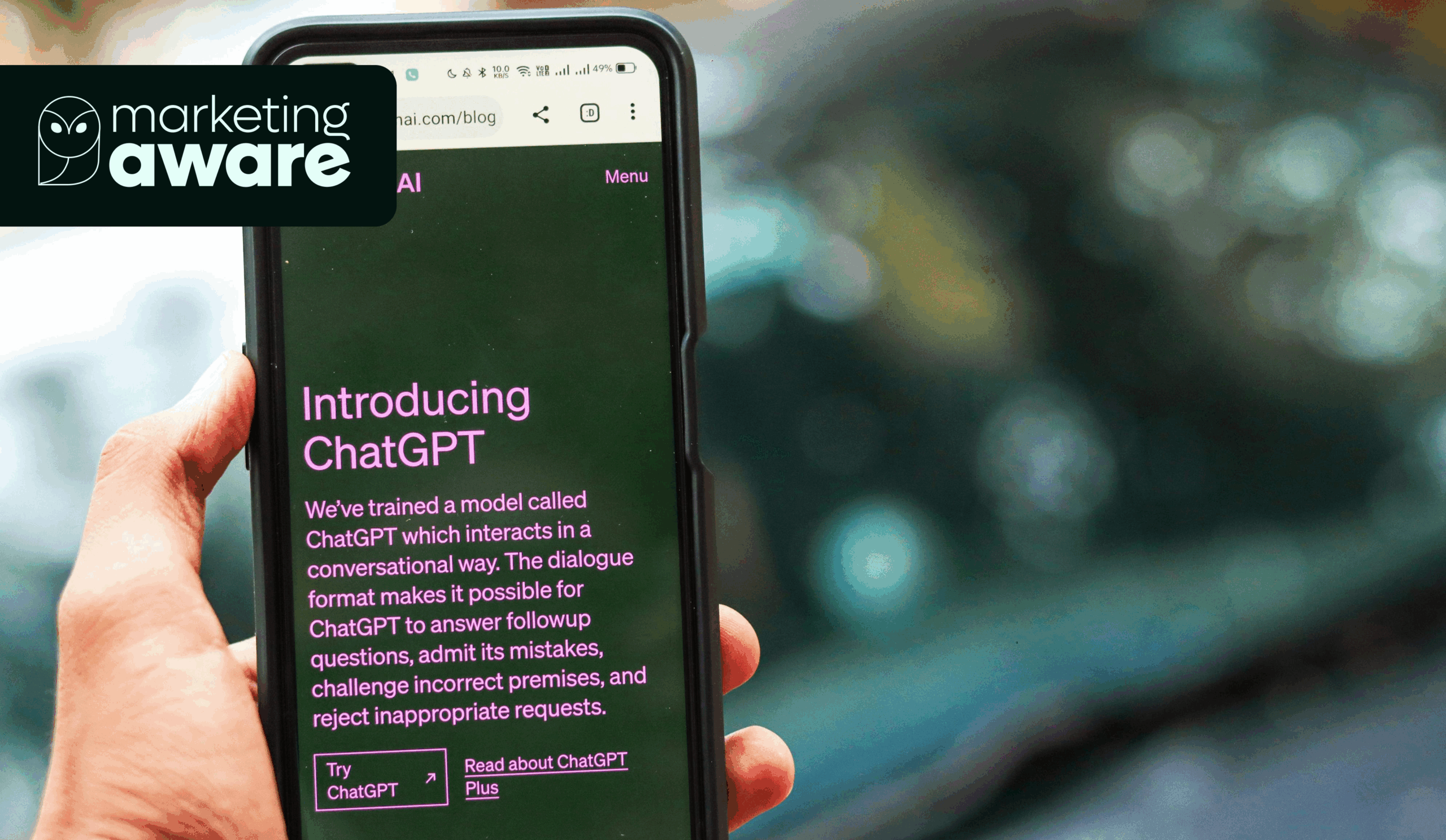Introduction: Rethinking What Success Looks Like in AI Search
The way people search is evolving rapidly. With the rise of generative AI, we’re seeing a major shift away from traditional search engine results pages (SERPs) towards AI-driven responses, zero-click summaries, and conversational search interfaces. Tools like ChatGPT, Google’s AI Overviews, and Perplexity are answering questions directly (often without sending users to a website at all).
For businesses that have long relied on keyword rankings, organic traffic, and click-through rates as their primary success indicators, this change presents a challenge: the old SEO playbook no longer tells the full story. Content might still be discovered and used but not in a way that shows up in your analytics dashboard. In this new landscape, visibility doesn’t always equal traffic, and success isn’t just about being clicked – it’s about being trusted and cited by the AI systems shaping the future of search.
The Problem with Traditional SEO Metrics
For years, SEO performance has been measured using a familiar set of metrics: click-through rate (CTR), average position, impressions, and organic traffic sessions. These metrics made sense in a world where users searched, scanned a list of blue links, and clicked through to websites to find answers. But in the age of AI-generated responses, these numbers only paint part of the picture.
As generative search tools like Google’s AI Overviews, ChatGPT, and Perplexity become more prevalent, they are increasingly surfacing content within the answer itself—summarising insights, pulling quotes, and even citing sources without requiring the user to visit the original page. This means your content may be doing its job—educating, influencing, or even converting—without ever being clicked. These are what we call “invisible wins.”
The challenge is that these interactions rarely show up in traditional analytics platforms. There’s no obvious spike in traffic, no conversion event, no session to measure. Your content could be performing exceptionally well in this new environment, but because the engagement happens upstream—within the AI’s response—you’re left in the dark. This creates a blind spot for marketers and SEO professionals who rely on legacy metrics to guide strategy and demonstrate ROI.
To truly measure SEO success in the AI era, we need a new lens—one that accounts for visibility, authority, and usefulness beyond the click.
What SEO Success Looks Like Now
In today’s AI-powered search environment, success isn’t just about where you rank—it’s about how often your content is used by AI systems to inform and answer. This marks a shift from visibility in search results to visibility within search responses.
Here’s what that looks like:
- AI Visibility
Success now means being discoverable and usable by large language models (LLMs). Is your content showing up in AI-generated responses? Are tools like ChatGPT, Gemini, or Perplexity referencing or paraphrasing your material when users ask questions in your domain? - Impact Without Clicks
Even if no one visits your site, your content might still influence decisions. Appearing in featured snippets, AI summaries, and rich previews is now a key sign that your content holds value in the eyes of both search engines and AI engines. - Topical Authority for Machines
It’s not just humans you need to convince anymore. The more consistently your site publishes high-quality, structured, and semantically rich content on a topic, the more likely AI systems are to “trust” and draw from it. Building machine-recognised authority is becoming just as important as building human-recognised credibility.
In short, SEO success in the AI era is about being referenced, not just ranked—and being embedded in the answers, not just linked in the results.
In the AI-driven search landscape, traditional SEO metrics no longer provide the full picture. Instead, consider tracking the following AI-aware performance indicators:
- AI Citation Frequency: How often your brand or content is mentioned or referenced in AI-generated responses.
- Embedding & Semantic Relevance: The degree to which your content aligns with AI model embeddings and latent user intent—beyond exact keyword matches.
- Chunk-Level Indexing: Which specific parts of your content (e.g. headings, bullet points, FAQs) are being used or favored by AI systems.
- Prompt Testing Visibility: Whether your content surfaces when AI tools like ChatGPT or Perplexity are queried with relevant questions.
- Vector Index Coverage: How much of your website’s content is stored in vector databases and accessible to AI search engines for retrieval.
Tools & Techniques for Tracking AI-Era Success
Measuring success in the AI era means going beyond Google Analytics and getting creative with how you track visibility. Here’s how to stay ahead:
- Prompt Testing: Manually run real-world prompts in ChatGPT, Google SGE, Perplexity, or Claude. Are your pages being cited, quoted, or summarised? If not, it’s time to rethink your content structure.
- Structure for AI, Not Just Search: Use schema markup, Q&A formats, and clean headings to make your content AI-friendly. The easier it is to extract, the more likely it is to be used in AI responses.
- Simulated AI Queries at Scale: Automate prompt testing to track how often your content surfaces across platforms. Spot patterns and build visibility over time.
- Custom Dashboards with AI Signals: Tools like Looker Studio or Power BI can help visualise AI-era metrics. Pull in prompt logs, citation frequency, and vector coverage to see what’s working—and what’s not.
Action Plan: Adapting Your SEO Measurement Strategy
It’s time to evolve your measurement game. Here’s how to stay relevant:
- Blend Old and New
Don’t ditch your current KPIs—just layer in AI-specific metrics like prompt visibility, AI citations, and vector presence. - Build Smarter Reports
Go beyond traffic and rankings. Track:- Which pages show up in AI tools
- How your content performs in real prompt tests
- How readable and retrievable your structure is for AI
- Prioritise What AI Loves
Focus on:- Authority-driven, expert content
- Clear, semantically rich language
- Chunkable formats that AI can easily surface and reuse
- Authority-driven, expert content
Conclusion: Success Isn’t Just About Clicks Anymore
The rules of SEO are shifting—and so must our definition of success. In an era where AI tools shape how users discover and engage with content, traditional metrics like clicks and rankings no longer tell the full story. Real impact now comes from being referenced, trusted, and embedded in AI-generated answers.
To stay competitive, marketers need to evolve how they track performance—combining legacy KPIs with AI-aware indicators like citation frequency, prompt visibility, and content structure readiness. The future of SEO isn’t just about being found in search results. It’s about becoming the source behind the answer.


